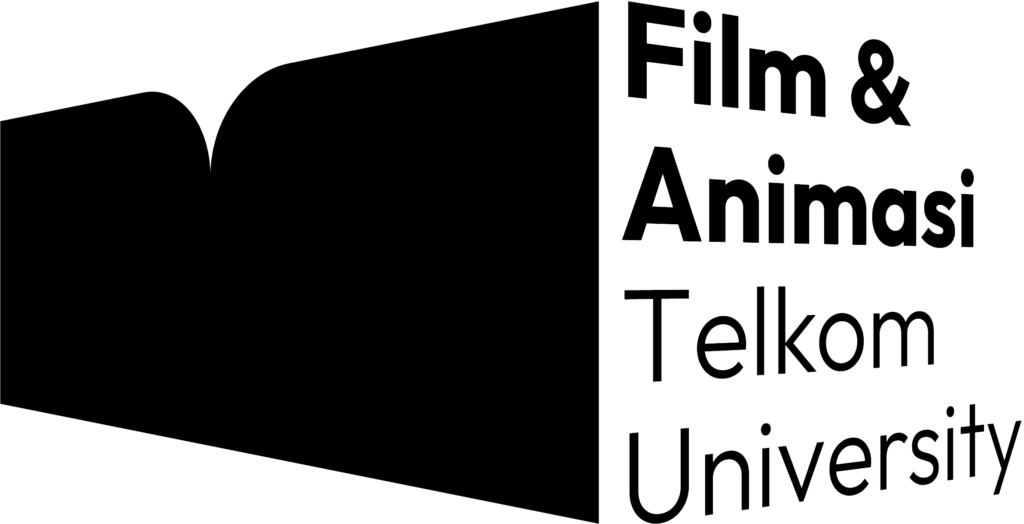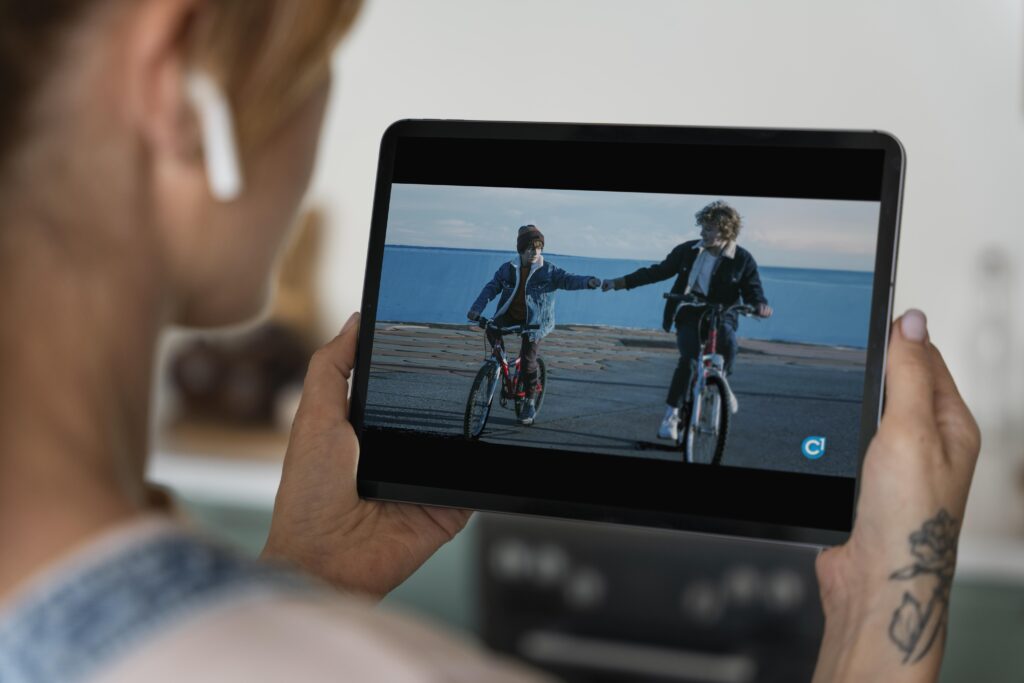
Creative Idea Exploration in the World of Film and Animation
Film and animation have become powerful media for storytelling, evoking emotions, and shaping popular culture. They not only offer entertainment but also reflect ideology, technology, and the evolution of human creativity. Behind the stunning visuals we enjoy lies a long process that begins with one crucial point: the exploration of creative ideas.
Idea exploration is not merely about finding unique concepts, but also assessing their feasibility narratively, visually, and technically. A good idea must also be capable of being developed into a strong story, visualized compellingly, and realistically produced. This stage usually involves discussions between writers, directors, and other creative team members, along with research and references as reinforcement.
Educational institutions play a crucial role in supporting this process. Through curriculum, mentorship, and collaborative projects, film and animation students are taught how to develop original ideas into mature production concepts. And from this, great works often begin—from a simple idea processed with persistence and limitless imagination.
Menggali Ide: Dari Imajinasi ke Konsep
Everything in film and animation begins with an idea. Inspiration can come from anywhere—be it personal experience, local myths, social issues, or even everyday conversations. However, inspiration is only the beginning. Not all inspiration can automatically become a strong story. This is where the importance of idea exploration lies: to assess whether the idea has relevance, visual appeal, and a message that can be conveyed to the audience.
The scriptwriter plays a central role in this early stage. They are responsible for developing the premise into a synopsis and then shaping it into a complete story structure. In this process, key elements such as characters, conflict, plot, and setting are explored through brainstorming and intensive discussions. This stage is often carried out together with the director or producer to align the creative vision from the very beginning.
Once the story framework begins to take shape, the storyboard artist will start bringing the idea to life visually. They create initial sketches that illustrate each scene, helping the production team envision how the story will appear on screen. The storyboard is not only a visualization tool but also a medium to evaluate the story’s rhythm, camera direction, and scene composition.
Idea exploration at this stage also takes into account technical and artistic factors. Would the story be stronger if visualized in the form of classic 2D animation, realistic 3D, or live action? Are the world and characters developed strong enough to be expanded into a feature film, series, or even a franchise? Are advanced visual effects needed to realize its vision?
Thus, this process becomes the foundation of the entire production journey. From what initially starts as a simple idea, it can grow into a remarkable work that moves, inspires, and leaves a lasting impression on its audience.
Multi-Talent Collaboration: Uniting Imagination
One idea may seem simple at first, but in its development, the idea requires input from many parties. The film and animation production process is a cross-disciplinary collaborative effort, involving various roles with unique specializations to bring the creative vision to life in a cohesive and consistent manner.
Character designers are responsible for translating character descriptions from the script into visual form: from body proportions and facial expressions to clothing styles that reflect the character’s personality. The art director oversees the overall visual appearance, from color palettes and lighting to the atmosphere of the setting, all to support the tone of the story. The animator then brings these designs to life through movement, expressions, and the dynamic interactions between characters.
On the audio side, the composer creates a score that enhances the emotional impact of the scenes, while the sound designer adds sound effects that build the atmosphere and make the story’s world feel real. This process is brought together by the editor, VFX artist, and of course, the director, who ensures that every element remains aligned with the initial concept in terms of rhythm, aesthetics, and the message being conveyed.
All these stages depend on strong communication, the ability to work in teams, and openness to the iteration process. Therefore, educational institutions that equip their students with cross-disciplinary work experience are crucial. In such environments, students not only learn technical skills but also build sensitivity to the dynamics of collaborative work, an essential foundation for thriving in the complex and ever-evolving creative industry.
An Educational Environment That Encourages Exploration

Telkom University, through the Faculty of Creative Industries (FIK), provides an expansive space for students to seriously, purposefully, and industry-orientedly explore creative ideas in the mediums of film and animation.
What sets this program apart from other institutions is its multidisciplinary approach. Students not only learn technical aspects such as programming and animation but are also introduced to narrative, visual aesthetics, user experience, as well as managerial and collaborative skills. With modern facilities like animation labs, production studios, and audio rooms, alongside the involvement of faculty members who are active industry practitioners, the learning process becomes highly applicable. Creative ideas born in class can be tested directly through real projects, interdisciplinary collaborations, industry partnerships, and participation in national and international competitions.
Through this adaptive and collaborative learning environment, Telkom University not only produces graduates ready for the workforce but also future creators capable of combining technology, art, and market values into a strong, unified vision. Film and animation are no longer just entertainment but spaces to build ideas, convey messages, and inspire the world.
Bringing Imagination to the Screen
After going through the process of idea exploration, team collaboration, and detailed technical planning, the most crucial moment in film and animation production arrives: bringing everything to its final form. The production stage becomes the point where all elements start to come together—from illustrations, animations, audio, to visual effects, with every department working intensively to bring the story that was designed together to life.
At this stage, creative ideas are truly put to the test in practice. Transitions between scenes must feel natural, the pacing of the story must remain engaging, and every movement of the character must convey the right emotion. Audio components are equally important, with music, sound effects, and dialogue blending seamlessly to ensure the narrative feels complete and flows.
This process continues into post-production, where editing, audio-visual refinement, and color grading are carried out to ensure the final product reaches its maximum potential. Here, it becomes clear that film and animation are not just about stunning visuals but also about how to effectively convey ideas in a touching and impactful way. The well-developed exploration of ideas from the start becomes the crucial foundation that influences the entire process and ultimately determines how strongly the work resonates with its audience.
FAQ
Many prospective students and parents have questions regarding the scope, prospects, and admission process for this program. Here are some of the most frequently asked questions, along with answers that provide a clearer understanding of the opportunities and advantages of the Film and Animation Bachelor’s Degree Program at Telkom University.
- Can idea exploration be done without a formal background?
Yes, it is possible, but having a strong educational foundation like the one offered at Telkom University will greatly help in refining ideas and executing them professionally. - Can graduates of Game Technology only work in the game industry? No. Many graduates also build careers in the film, animation, digital education, and advertising industries due to their ability to develop stories, visuals, and interactivity.
- How can I apply for this program? Applications can be made through SNBP, SNBT, and Telkom University’s Independent Selection. Complete information is available on the official admissions page: https://smb.telkomuniversity.ac.id
Film and animation always begin with one thing: an idea. However, not all ideas can endure, develop, and succeed in becoming a real work without undergoing an in-depth process. Careful idea exploration, solid interdisciplinary collaboration, and support from a conducive learning environment are key elements in the journey of creating a visual masterpiece. In this regard, the world of education plays an important role, especially for institutions that offer a multidisciplinary approach and hands-on practice.
Therefore, Telkom University, through the Faculty of Creative Industries, stands as an example of how higher education can act as a catalyst for the birth of works that are not only imaginative but also relevant and competitive. With a curriculum that integrates technology, art, and creative management, students are encouraged not only to produce works but also to understand the processes and values behind them. This foundation allows brilliant ideas to not only endure but also develop into inspiring films and animations that touch many people.






